Peças plásticas e metálicas para motocicletas.
Plastic metal parts are specially designed components used in motorcycles. They are made by heating and pressurizing plastic particles until they melt, and then injecting this melted plastic into molds. These molds are typically made from high-quality steel or aluminum, allowing them to produce precise and complex motorcycle parts. Everything from small body panels and fairings to larger components like fuel tanks and seats can be created using these molds.
The process starts with computer-aided design (CAD) software, which helps manufacturers create 3D models of the parts they need. Once the design is ready, the mold is made through CNC machining and other advanced techniques.
One major benefit of using these molds is their ability to mass-produce plastic parts quickly and efficiently. An injection molding machine can make thousands of components in just one hour, which is perfect for the fast-paced motorcycle industry where new models are constantly being introduced.
Another advantage is the high quality and accuracy of the parts produced. Injection molding ensures that each component is identical in size, shape, and quality, meeting strict performance and safety standards. This consistency is crucial for the reliability and safety of motorcycles.
However, creating these molds requires a significant initial investment. The cost can be high, and there's usually a long wait before the mold is ready. But the benefits far outweigh the costs because these molds allow manufacturers to produce high-quality parts faster and at a lower cost compared to traditional methods.
In short, plastic metal parts have revolutionized the motorcycle manufacturing process. They make it easier and more affordable for consumers to get high-quality parts. As the motorcycle industry continues to grow, these molds will remain essential tools for manufacturers to stay competitive.
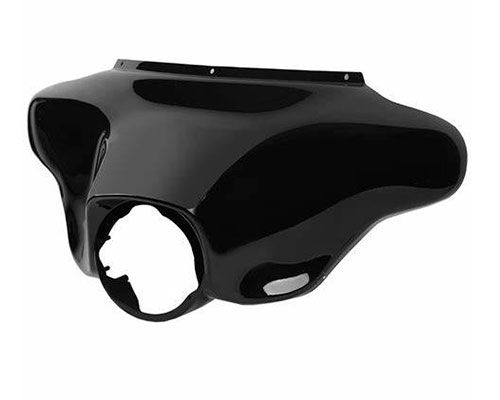
Peças de motocicleta.
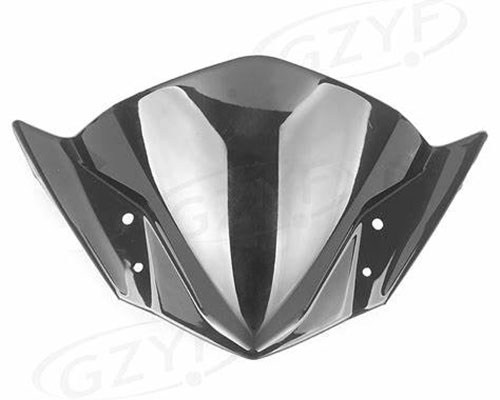
Peças de motocicleta.
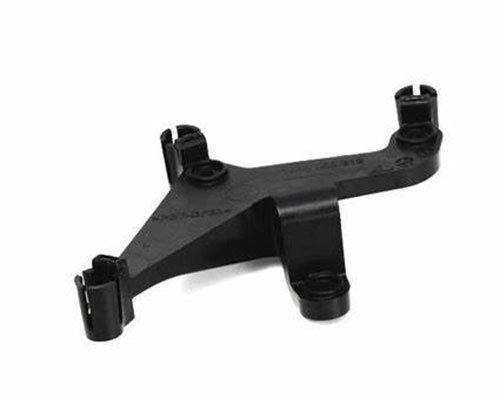
Motorcycle Products
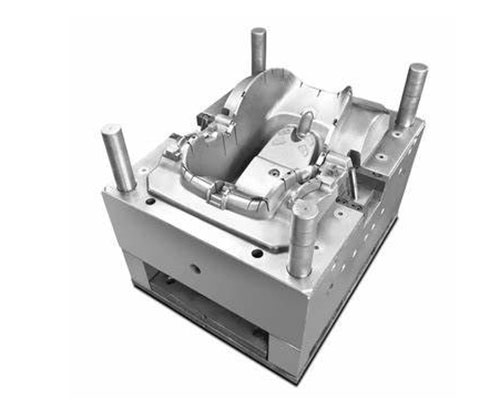
Motorcycle Parts Mould
Serviço de fabricação de peças plásticas e metálicas para motocicletas.
Be good at product structure optimization and greatly reduce the cost of Plastic Metal Parts custom solutions
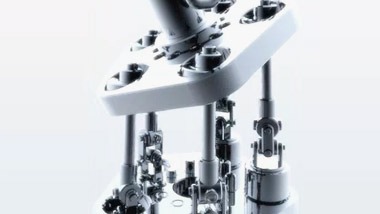
Design da peça
Design Estético e Estrutural
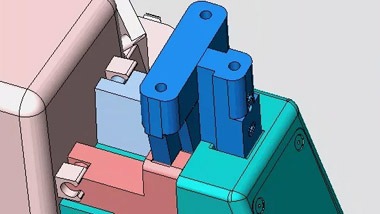
Fabricação de moldes
Design, Confirmação de Facilidade de Manufatura
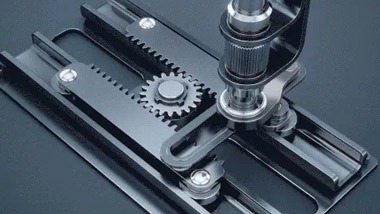
Produção de Produto
Imported, high-speed equipment
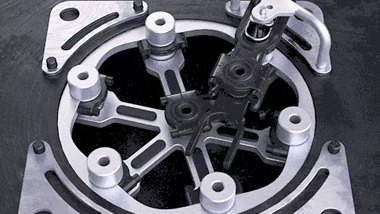
Montagem do Produto
Matéria-Prima, Inspeção e Montagem
São utilizados peças plásticas e metálicas na indústria de motocicletas.
The motorcycle industry is a fast-paced and constantly evolving market, with new models and designs launched every year. To meet the demand for high-quality components, manufacturers are increasingly turning to plastic metal parts. These parts are widely used in the production of various motorcycle components, from body panels and windshields to fuel tanks and seats.
Plastic metal parts are essentially customized tools used to shape molten plastic into specific shapes or designs. They are made of high-quality materials such as steel or aluminum and carefully designed to produce high-precision and consistent components. The process of creating these parts begins with computer-aided design (CAD) software, which is used to create 3D models of the parts to be produced. Once the design is finalized, CNC machining and other specialized techniques are used to create the molds.
One of the main benefits of using plastic metal parts in the motorcycle industry is that they can quickly and efficiently mass-produce parts. Injection molding machines can produce thousands of parts per hour, making them an ideal choice for large-scale production. This is particularly important in the motorcycle industry as manufacturers constantly produce new models and update existing ones.
Another advantage of plastic metal parts is their flexibility. The shape and size of components in the motorcycle industry vary, and these parts can be customized according to individual motorcycle models to manufacture specific parts. This enables manufacturers to differentiate their products from competitors and provide customers with unique features.
Plastic metal parts also allow for a high degree of customization and design flexibility. This is important in the motorcycle industry because the design of components plays a crucial role in the overall aesthetics and performance of motorcycles. Through injection molding, manufacturers can create components with complex shapes and details that would be difficult or impossible to produce using traditional manufacturing methods.
Although plastic metal parts require a considerable initial investment, the cost of creating a mold can be high, and there is usually a long preparation time before use. However, the benefits of using these parts in the motorcycle industry far outweigh the costs, as they enable manufacturers to produce high-quality parts at a faster speed and lower cost than traditional manufacturing methods.
In short, plastic metal parts are indispensable tools in the motorcycle industry. Their ability to quickly and effectively produce high-quality parts has helped revolutionize the manufacturing process, making it more accessible and affordable for consumers. With the continuous development and expansion of the motorcycle industry, plastic metal parts will continue to be an important tool for manufacturers to maintain competitiveness in this rapidly changing market.
FAQ About Motorcycle Plastic Metal Parts
Motorcycles use a variety of plastic parts to keep things lightweight and cost-effective. Some of the most common ones include the fairing, which is that sleek body covering you see on sport bikes, fenders to protect the wheels from mud and debris, and various covers for lights, turn signals, and other components. The fuel tank cap is also typically made of plastic. These parts not only add to the aesthetic appeal but also play crucial roles in aerodynamics and protection.
A few signs can indicate it's time to replace your motorcycle's metal parts. If you notice rust or corrosion, especially in areas like the exhaust system or frame, it could be a sign of wear and tear. Also, listen for unusual noises when riding; grinding or knocking sounds might suggest issues with the engine or transmission components. Vibration that feels different than usual can also be a red flag. It's always best to get a professional inspection to be sure.
Aftermarket parts can be just as good as OEM (Original Equipment Manufacturer) parts, but it really depends on the brand and quality. Some aftermarket parts are designed to meet or even exceed OEM specifications. They can be a more affordable option without compromising on quality. However, it's important to do your research and read reviews before making a purchase. Sometimes, cheaper aftermarket parts might not fit as well or last as long.
When buying replacement parts, consider compatibility first and foremost. Make sure the part fits your specific make and model. Quality is another key factor; investing in higher-quality parts can save you money in the long run by lasting longer and performing better. Price is also important, but don't sacrifice quality for a lower cost. Reading customer reviews and possibly seeking recommendations from fellow riders or mechanics can help you make an informed decision.
Installing motorcycle parts yourself can be a fun and rewarding project, but it depends on your skill level and the complexity of the part. Simple tasks like replacing a fairing or a fender might be manageable with some basic tools and a bit of patience. However, more complex jobs involving the engine or transmission should probably be left to a professional. Always make sure you have the right tools and follow detailed instructions or tutorials to avoid any mishaps.
For basic replacements, you'll need a set of standard tools including screwdrivers, pliers, wrenches, and possibly a socket set. An adjustable wrench and a torque wrench can also be very handy. For more complex jobs, you might need specialty tools like a bearing puller or a specific type of screwdriver. It's a good idea to check the specific requirements for the part you're replacing. Having a well-organized toolbox can make the job much easier and more efficient.
Regular maintenance is key to keeping your motorcycle parts in top shape. For plastic parts, cleaning them regularly with mild soap and water can prevent dirt buildup and keep them looking new. Avoid using harsh chemicals that could damage the plastic. Metal parts benefit from periodic lubrication to prevent rust and ensure smooth operation. Applying a light coat of oil to moving parts can help. Inspect all parts regularly for signs of wear and address any issues promptly to avoid bigger problems down the road.
There are several places to find high-quality parts for your motorcycle. Authorized dealerships often carry OEM parts, but they can be expensive. Online retailers like Amazon, eBay, and specialized motorcycle parts websites offer a wide range of options at various price points. Local motorcycle shops and custom shops might also have what you need or can order it for you. Don’t forget to check forums and social media groups for recommendations from other riders who have had good experiences with certain brands or suppliers.
Upgrading your motorcycle parts can offer several benefits. Enhanced performance is one of the biggest advantages; for example, lighter materials can improve speed and handling. Improved durability means your bike will last longer and require fewer repairs. Aesthetic upgrades can give your bike a fresh, custom look that reflects your personal style. Additionally, upgrading can increase the resale value of your motorcycle if you decide to sell it in the future.
Using non-standard parts can come with some risks. One major concern is compatibility; non-standard parts might not fit perfectly, leading to potential safety hazards or mechanical issues. Quality control can also be a problem, as these parts may not meet the same standards as OEM parts. This could result in reduced performance or a shorter lifespan for the part. Always do thorough research and consider consulting with a professional before opting for non-standard parts to ensure you're making a safe choice for your motorcycle.